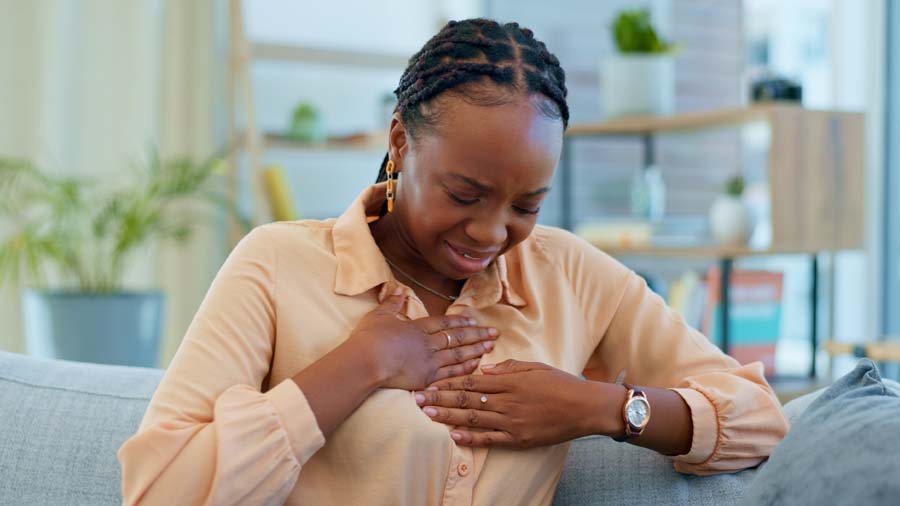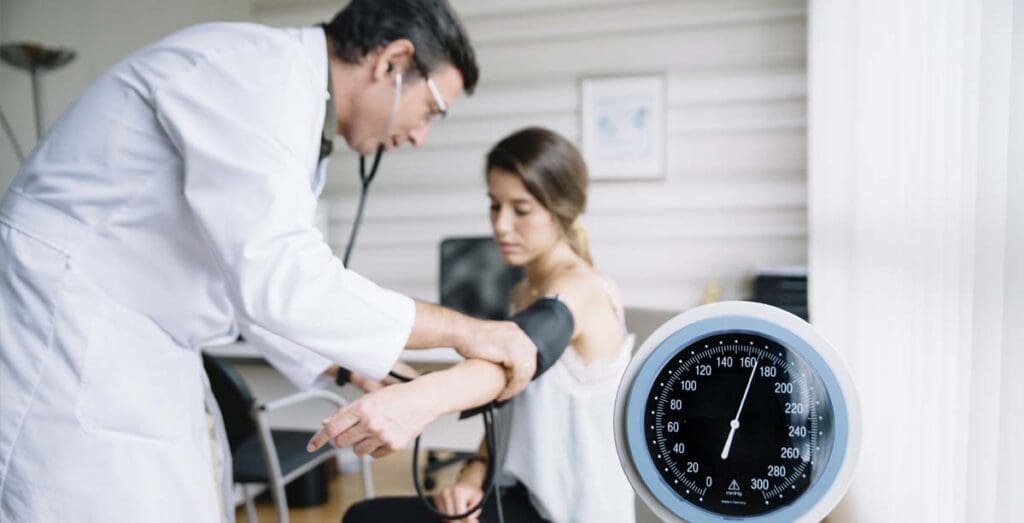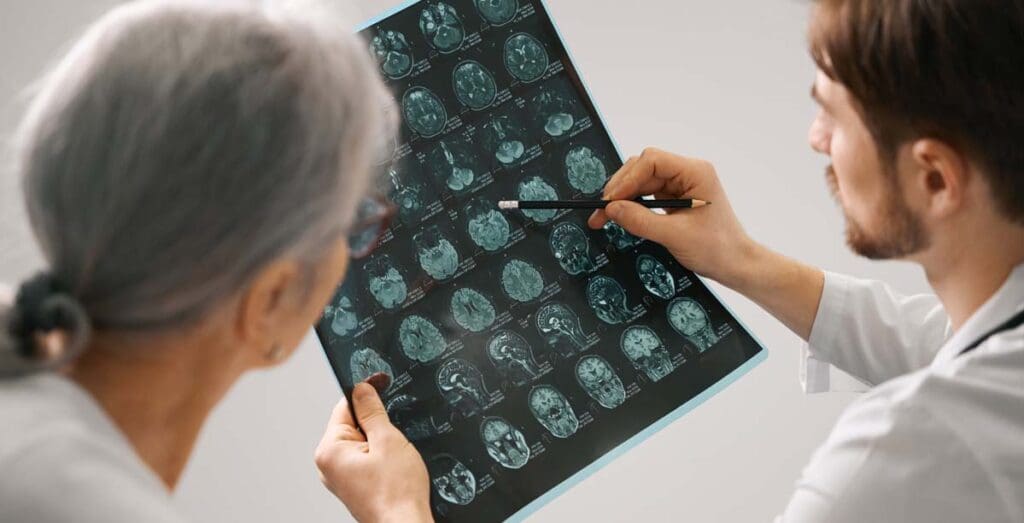Now Reading: Heart Attack and Stroke Symptoms in Women: What You Need to Know
-
01
Heart Attack and Stroke Symptoms in Women: What You Need to Know
Heart Attack and Stroke Symptoms in Women: What You Need to Know

Heart disease and stroke remain two of the leading causes of death for women, yet their symptoms are often misunderstood, overlooked, or mistaken for less serious issues. While most people associate heart attacks with intense chest pain and strokes with sudden paralysis, the reality for women can look very different. Knowing the warning signs and understanding how to protect yourself could be lifesaving.
Heart Attack in Women: The Signs You Shouldn’t Ignore
Forget what you’ve seen in the movies—heart attacks in women don’t always come with dramatic chest-clutching pain. Instead, symptoms can creep up subtly and be mistaken for something as simple as fatigue or stress. Many women experience unusual exhaustion that can appear days or even weeks before an attack. Shortness of breath, nausea, or vomiting that doesn’t seem related to food poisoning or the flu can also be warning signs. Dizziness or lightheadedness, pain in unexpected areas like the jaw, neck, back, or shoulders, and sudden cold sweats are other symptoms that shouldn’t be ignored. Because these signs don’t fit the classic “Hollywood heart attack” portrayal, many women delay seeking medical attention—sometimes with fatal consequences. If something feels off, don’t brush it aside. Trust your instincts and get checked out.
Why Women Are at Higher Risk
Women face unique risk factors when it comes to heart disease. Hormonal changes play a role, as estrogen has a protective effect on the heart, but after menopause, that protection fades. Diabetes also increases heart disease risk in women more than it does in men. Smoking, while dangerous for everyone, poses an even greater heart attack risk for women. Emotional stress and depression have a more significant impact on women’s hearts, making mental health an essential component of heart care. Autoimmune diseases like lupus and rheumatoid arthritis further raise cardiovascular risk, making regular check-ups vital for women with these conditions.
Stroke in Women: More Than Just FAST Symptoms
A stroke happens when blood flow to the brain is blocked, and quick action is critical. The FAST acronym can help recognize common stroke signs:
- Face drooping
- Arm weakness
- Speech difficulty
- Time to call 911
However, women may also experience additional warning signs such as sudden confusion or memory issues, unexplained hiccups, nausea, or vomiting, weakness in both arms or legs, difficulty breathing, or even seizures. These symptoms can be subtle, but recognizing them early can mean the difference between life and death.
Unique Stroke Risks for Women
Women’s bodies undergo changes throughout their lives that can increase their stroke risk. Pregnancy complications, such as high blood pressure and preeclampsia, can elevate stroke risk later in life. Birth control pills, when combined with smoking or high blood pressure, also raise stroke risk. Women who experience migraines with aura have a higher chance of stroke, and those over 75 are at a greater risk due to atrial fibrillation (AFib), a heart rhythm disorder that significantly increases stroke likelihood.
How to Protect Yourself: Prevention Strategies
The good news is that up to 80% of heart attacks and strokes are preventable with lifestyle adjustments. Eating heart-healthy foods such as colorful vegetables, lean proteins, and whole grains can make a significant difference. Regular physical activity, like brisk walking for at least 150 minutes per week, helps maintain heart health. Managing stress through meditation, yoga, or journaling can also improve overall well-being. Quitting smoking is one of the best things you can do for your heart, and monitoring blood pressure and cholesterol levels through routine check-ups helps catch problems early. Knowing your numbers—blood sugar, cholesterol, blood pressure, and BMI—can help you stay on top of your health.
Take Charge of Your Heart and Brain Health
Women are often caregivers, looking after everyone else before themselves. But your health is just as important. If something doesn’t feel right, don’t ignore it. Listen to your body, seek medical help when needed, and take proactive steps to protect your heart and brain.
At Good Day, Good Health!, we believe knowledge is power. Stay informed, stay proactive, and remember—your heart’s health is in your hands.



